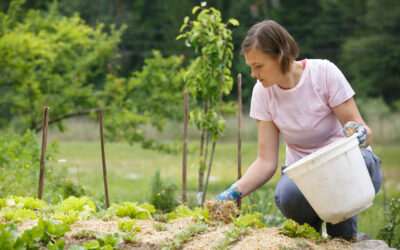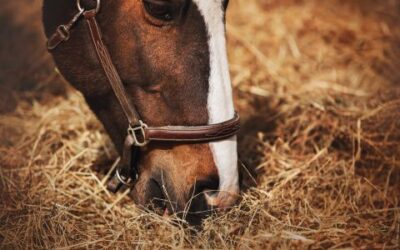 As the air begins to chill and the temperature drops, it’s time to start thinking about prepping barns in winter. For those of us in New England and the surrounding areas, we know that winter can be tough on horses and horse owners alike. While it may seem cliché to say, an ounce of prevention truly is worth a pound of cure when it comes to getting ready for the winter months. Get a handle on winter now, with these quick tips that will allow you to breathe a little easier once the frigid temperatures hit:
As the air begins to chill and the temperature drops, it’s time to start thinking about prepping barns in winter. For those of us in New England and the surrounding areas, we know that winter can be tough on horses and horse owners alike. While it may seem cliché to say, an ounce of prevention truly is worth a pound of cure when it comes to getting ready for the winter months. Get a handle on winter now, with these quick tips that will allow you to breathe a little easier once the frigid temperatures hit:
Fix your fencing now: Ensure that your fencing is all in tip top condition before the snow flies. It is much easier to replace broken fence boards now, and if you need to repair fence posts, the frozen ground will make it nearly impossible in the upcoming months.
Deicing: If you plan to use heated buckets, the time to get them out is now– before you have to chip ice out of them on that first freezing morning. Even if you don’t use bucket heaters, make sure that your water line is well insulated and you are not at risk of it freezing if the temperatures suddenly plummet. Horses need to drink five to ten gallons of water each day, no matter what the temperatures are.
Stay Inside?: It is also time to take a hard look at your outdoor shelters that you will be utilizing. Take this time to level the ground, bed them heavily, and add a stall refreshing product (yes, even outside ammonia is a concern). You will also want to check for loose boards and any nails or sharp edges that may be protruding from the walls.
Hay Count!: Make sure that you will have adequate amounts of forage for the winter. It is often hard to find quality hay in the winter months, so it makes sense to triple check your numbers to know that you are able to feed through the spring. If you plan on buying hay throughout the winter, check with your source to ensure that they have enough on hand. Chopped alfalfa hay is easy to store, it is also easy to locate during the winter from your trusted feed store.
Make a Plan: It’s never too early to start planning for winter storms and prepping barns in winter. Do you have an emergency plan in action? It is a good idea to try to plan for the unexpected, determining what you would do in emergency situations that may arise in the winter months.




